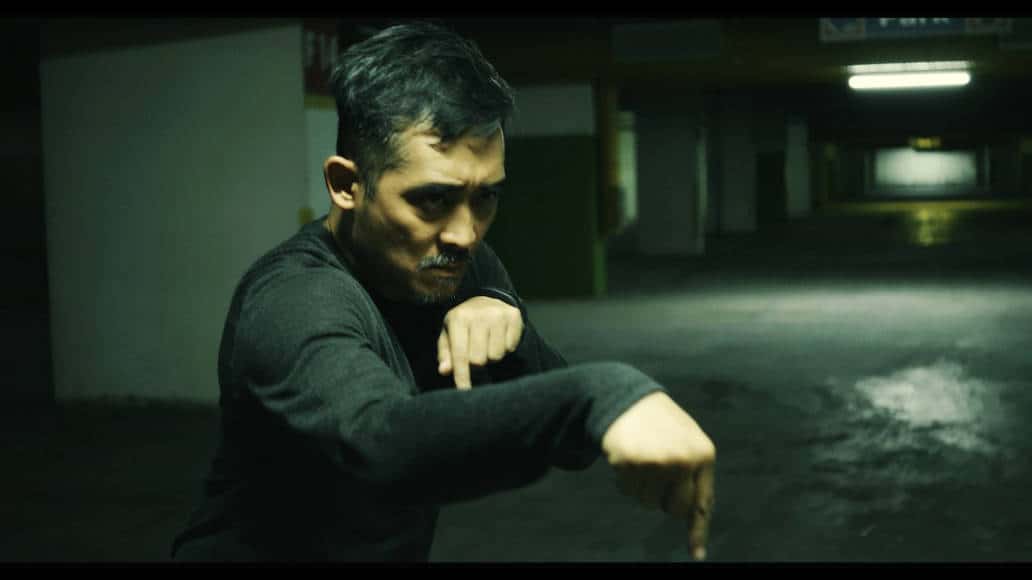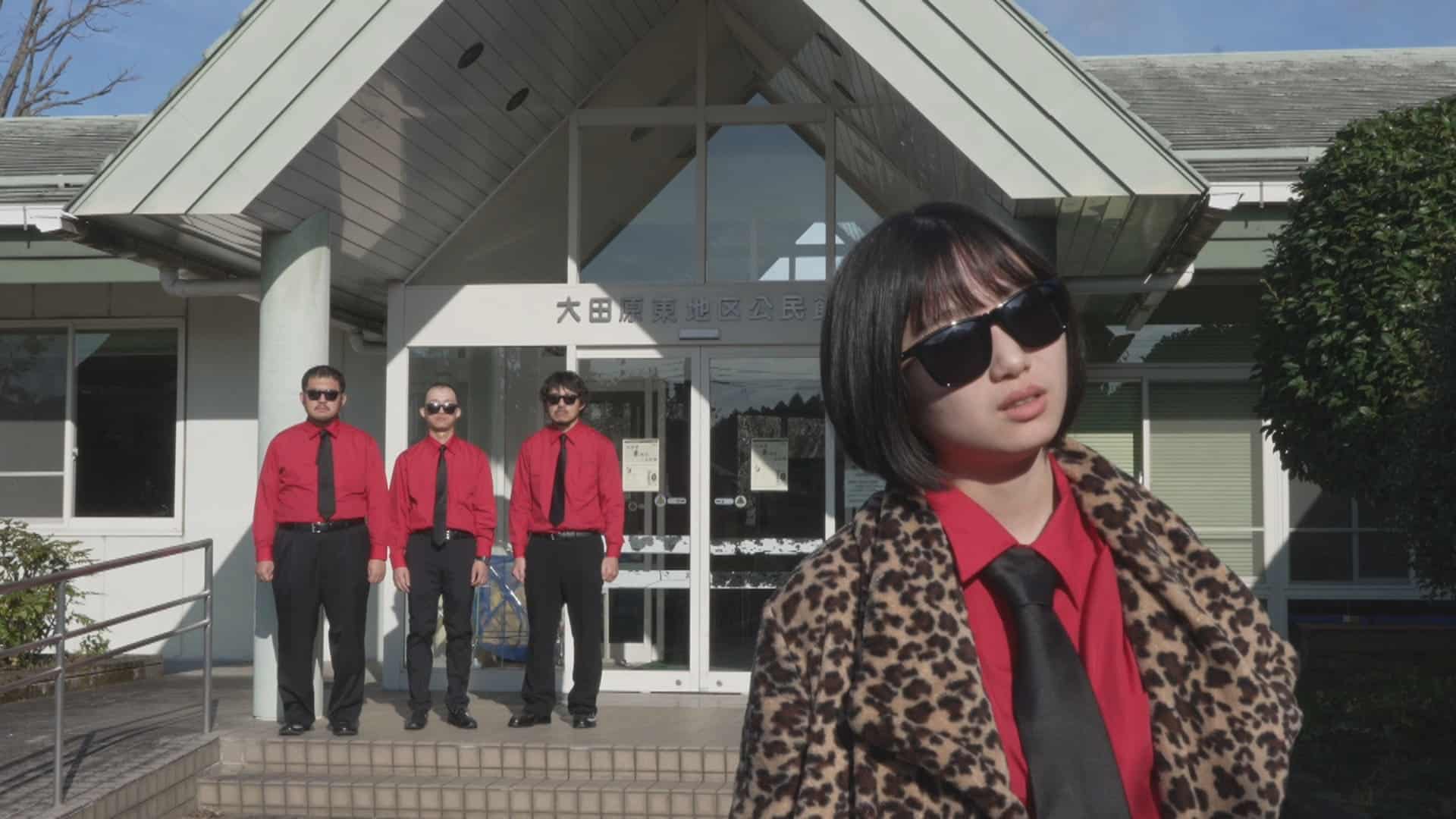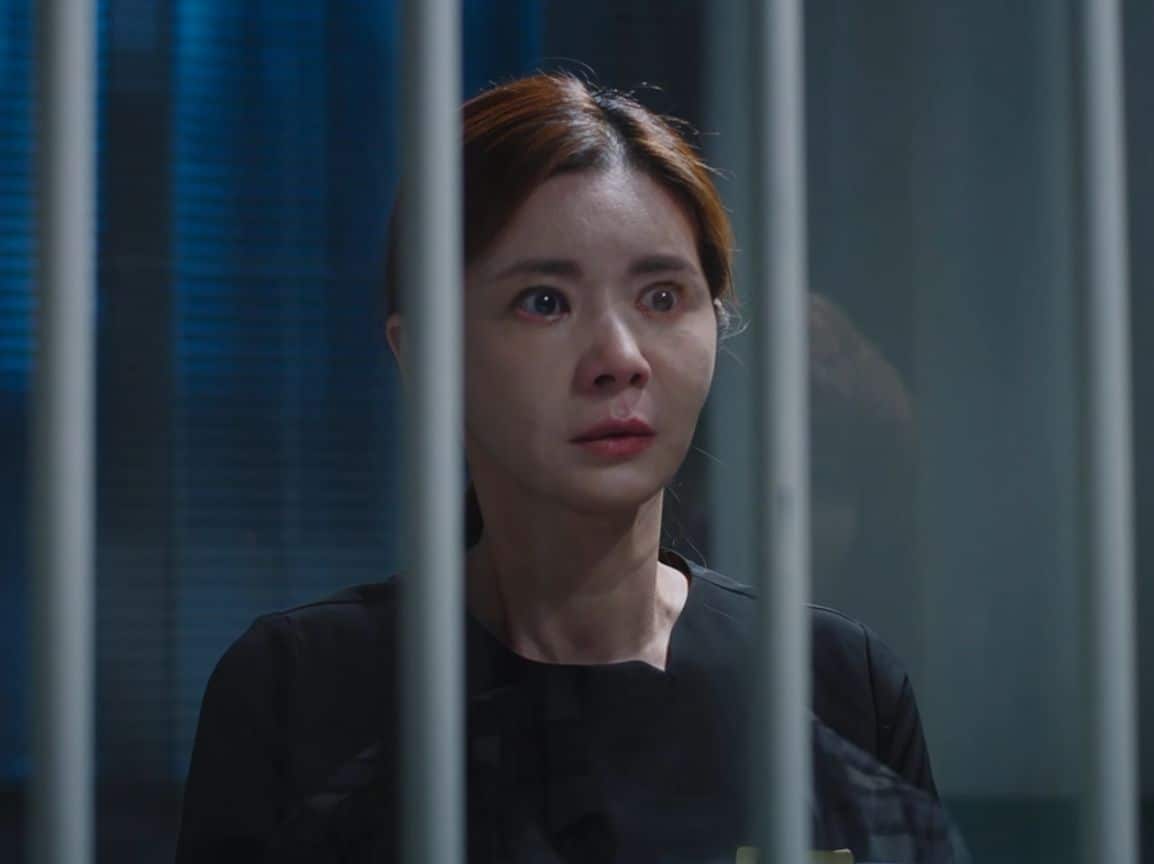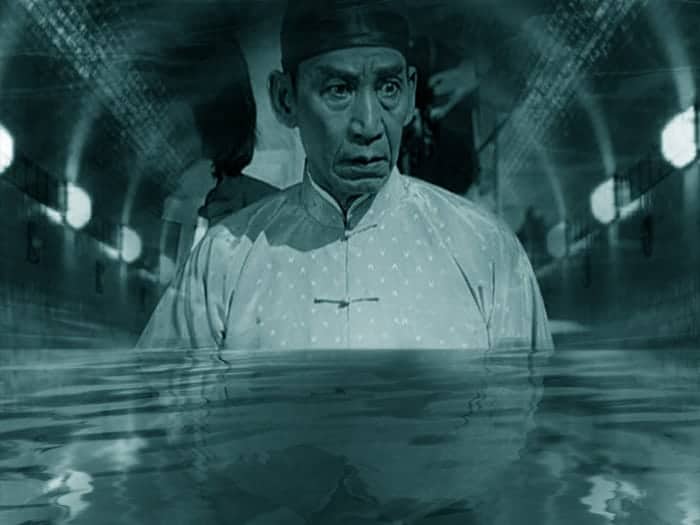Perfect Blue (1997, Satoshi Kon)

The year 1997 was a milestone in Kon's career for two reasons: the release of this particular movie in cinemas, and the initiation of his collaboration with Madhouse Inc., who sheltered his genius until his last birth.
“Perfect Blue” was initially meant to be a live action TV series; however, after the Kobe earthquake in 1995, the production studio suffered extensive damages resulting in budget cuts, up to a point that solely allowed the shooting of an OVA. Nevertheless, even though the shootings were roughly half-completed, Madhouse decided to distribute it as a feature film. Originally, the script was to be based upon the homonymous book by Yoshikazu Takeuchi; however, after close inspection by Kon and Sadayuki Murai, the co-writer of the script, they asked and eventually received permission to alter the story.
Mima Kirigoe, a member of the largely popular J-pop band Cham, announces during a concert that this will be the last performance of the band, since she has decided to pursue an acting career. The announcement creates chain reactions in Mima's life, as much as in the lives of the people near her. A number of her fans become frustrated, regarding her decision as betrayal towards them, mostly by a known stalker of hers named Me-mania. In the meantime, she discovers a blog depicting details of her everyday life, which no one aside from her could experience. Additionally, the blog is updated on a daily basis, presumably by her. She discusses the issue with her manager, who soothes for the time being; however, as she delves in the blog, she begins to lose her touch with reality. Furthermore, someone is murdering certain individuals who had helped her with her career. Moreover, she is constantly discovering elements that incriminate her.
Kon focuses on the association between reality and presumed reality, using the archetype of the pop idol as example. The actual personality of the artist is in contrast to the personality the fans witness, which is the one that becomes apparent on stage. According to Kon, cinema can undermine reality, revolting against the human mind that almost exclusively receives images from the actual environment. The question he presents is clear: why should an image emerging from facts in the material world be truer than one emerging from the human mind? Kon's Weltanschauung, which is present in all of his films, resides upon this particular questioning.
Junko Iwao is sublime in the role of Mima; her voice acting is equally magnificent with Kon's designs.
“Perfect Blue” was an artistic and technical masterpiece; however, what is of utmost importance is the fact that Satoshi Kon never deteriorated from the high standards he set here, in the first project that was entirely his own.

Millennium Actress (2001, Satoshi Kon)
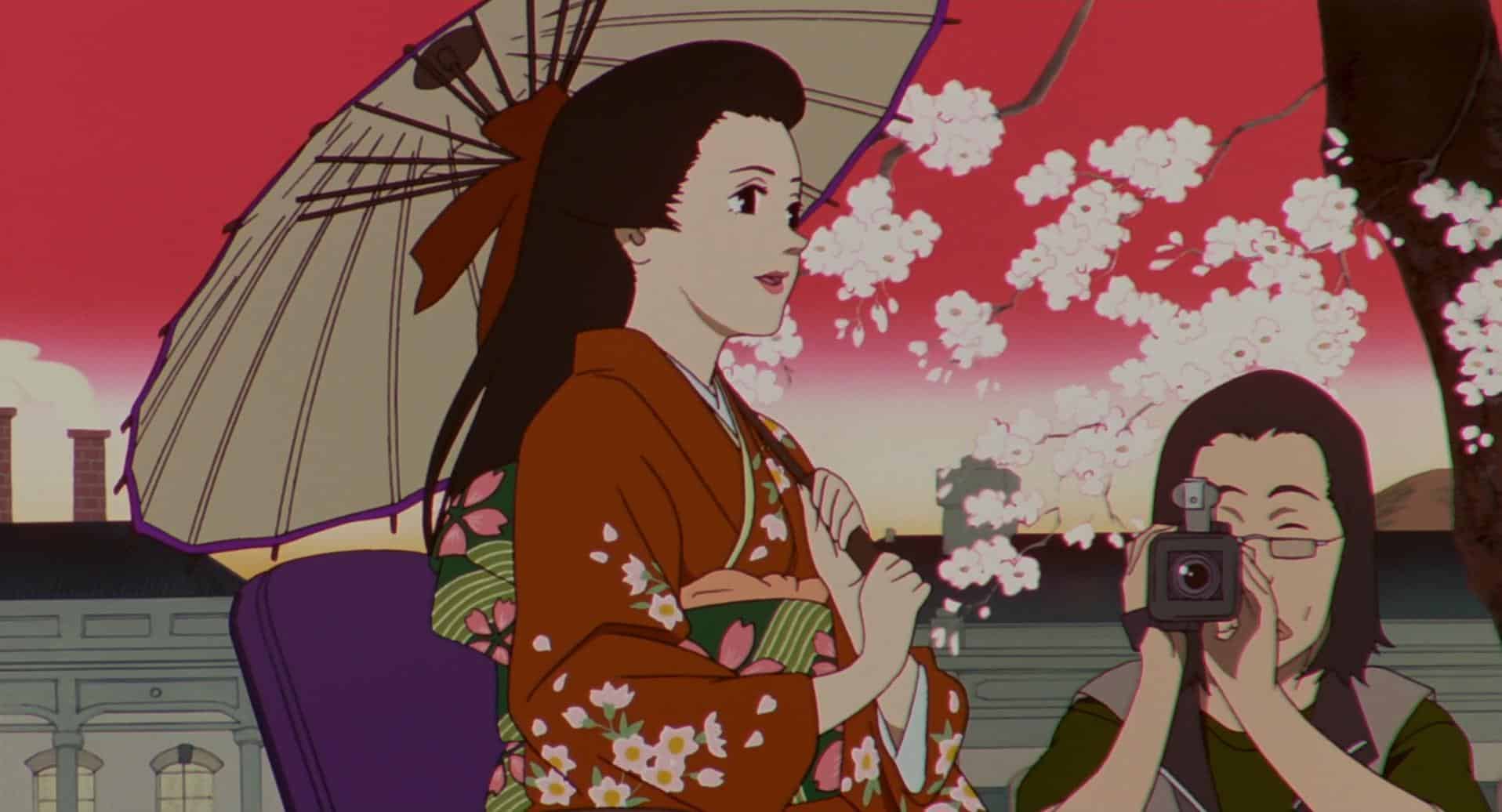
From 1998 to 2000, Kon was working on this particular movie, which also revolves around an actress, although with a different approach than “Perfect Blue”.
On the demolition of the renowned Studio Ginei, director Genya Tachibana decides to shoot a documentary regarding one of the foremost renowned stars of the company and his personal idol, Chiyoko Fujiwara. Although she has disappeared, Tachibana manages to discover her whereabouts and proceeds on taking an interview.
The mixture of fantasy and reality is yet again apparent in a Kon movie, since Chiyoko relives her life through flashbacks that are literally scenes from her own movies. Furthermore, Tachibana and his cinematographer also appear in these flashbacks. Eventually, Tachibana discloses the fact that he had also worked for Ginei in the past, during her zenithal years, thus becoming a piece of her story. In “Millennium Actress”, Kon decided to tone down the suspense and horror he entailed in “Perfect Blue”, thus creating a melancholic and sweet love story that unfolds in a slow yet steady pace. However, the tragic element is not absent; since he presents Chiyoko as an actress who is passionate in her work, she identified it, root and branch, with her personal life. The result was that she was forced to face repeatedly the same inner demons, coincidently trying to figure out her life in front of a camera.
Kon inspired Chiyoko from Setsuko Hara, a star in the 40s through the 60s, who subsequently retired from the lights of publicity. Hideko Takamine, a star in Mikio Naruse's films during the 50s and the 60s, was also an inspiration. However, as he pointed out, Chiyoko reflects the catholic archetype of the actress as a concept.
Rouven Linnarz writes: In many ways, “Millennium Actress” can be considered a companion piece to Kon's 1997 feature “Perfect Blue”. Both stories deal with the star-phenomenon, albeit from contrasting angles, and while “Perfect Blue” emphasizes notions of obsession, depression and schizophrenia which can be traced back to the concept, “Millennium Actress” regards the star as some kind of accumulation of dreams, hopes and longings, in many ways an idealized version of a person's or even a nation's history which only the mind of a filmmaker can come up with. Apart from the overall color scheme and themes, the character of Chiyoko shares quite a few similarities with Mima Kirigoe from “Perfect Blue” as both women's status as stars make them seamlessly “cross over” to various layers of time and place, and even take other people with them as we can see with Genya and Koyji becoming part of Chiyoko's account of her life, her various roles and stories. On another level, the audience experiences a similar sensation when one is completely immersed into the fantasy presented on the screen. Throughout his career, Satoshi Kon has always searched for that specific connection, that metaphor for the experience of seeing another world which, in its most extreme form, bends time and place resembling Alice's exploration of the rabbit hole in Lewis Carroll's timeless story.
“Millenium Actress” established him as a prominent filmmaker within the anime industry, thus garnering the attention of Steven Spielberg, who went on to distribute the film in the US. His tactics, however, frustrated Kon to a point that he denied signing the official poster and the DVD, stating that he didn't approve the layout whatsoever.
Having limited publicity and screening, the film was a commercial failure in the US, despite the plethora of awards and screenings it received in festivals all over the world. Kon decided not to work ever again with Spielberg.
Buy This Title
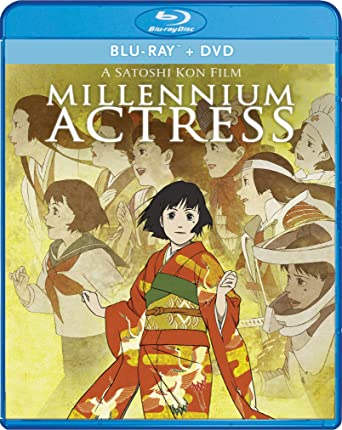
Tokyo Godfathers (2001, Satoshi Kon)
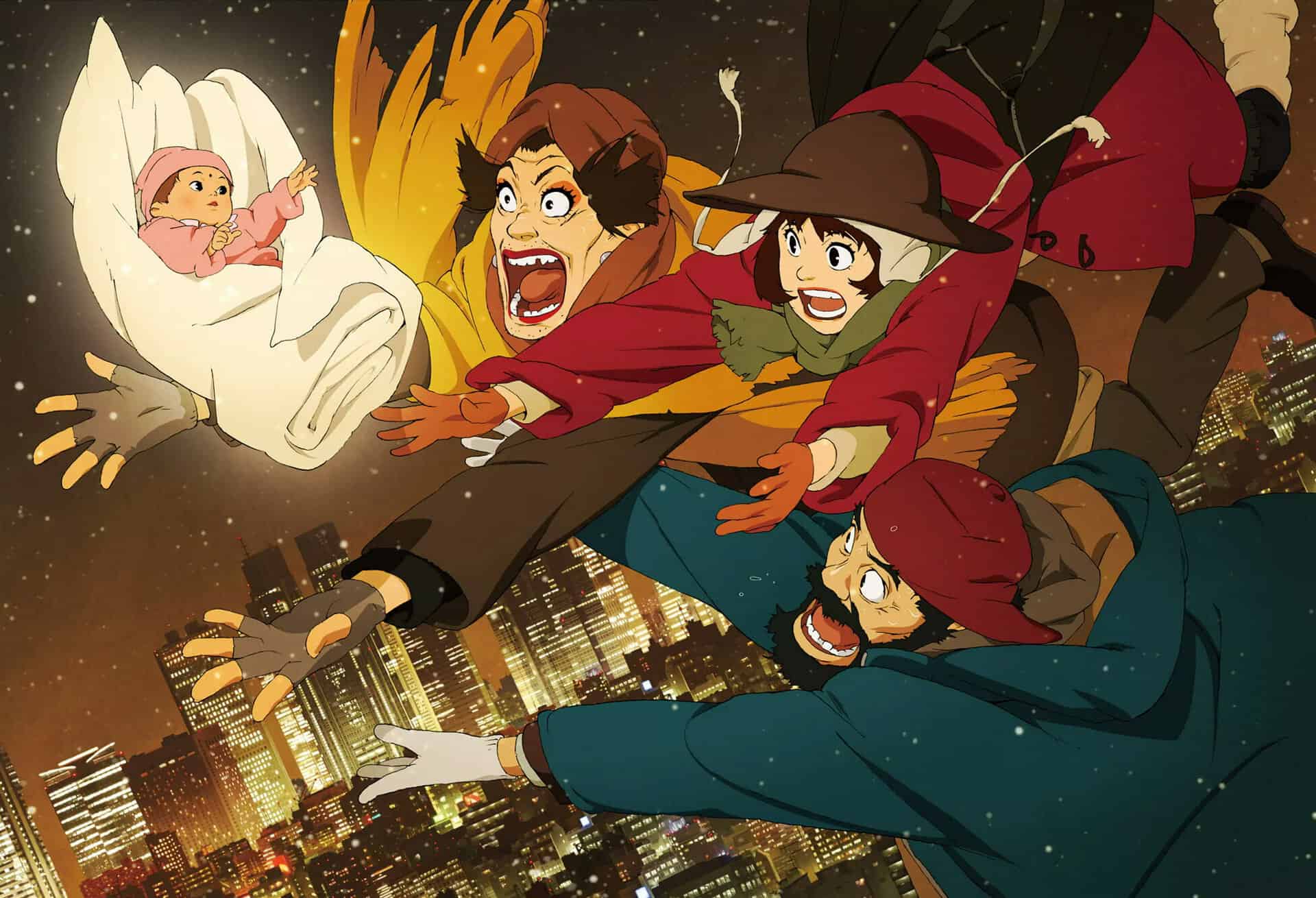
In 2001, he began working on his most realistic and expensive film, having a budget of 300 million yen, plenty over the 120 million of “Millenium Actress”. Kon used the amount to present his best visual animation up to that point.
The script of the movie is quite simple in its conception. On Christmas Eve, three homeless individuals in Tokyo discover an infant in the garbage; alcoholic Gin, transgender Hana, and teenage runaway Miyuki. As soon as they overcome their initial sense of surprise, they decide to search for the parents, thus beginning a journey where Kon presents the beauties, as much as the unsightliness, of everyday life in Tokyo. Throughout this expedition, he discloses the life stories of the three characters.
“Tokyo Godfathers” is an exception in the cinema of Satoshi Kon, since it entails straightforward and easily accessible storytelling. However, its uniqueness resides in the elaborate way he depicted Tokyo, using it as a fourth character. He also examines the concept of family, presenting a question of whether a homogenous group can function in a better way than an actual blood family.
Expectantly, a measure of his regular mixture could not be utterly missing; however, it is much subtler than usual, chiefly through the neon signs and ads of the stores in Tokyo.
This time, Kon cooperated with Sony Pictures for the American distribution of the film, which promoted it in a significantly better way, resulting in earnings from the tickets amounting to $130,000.




